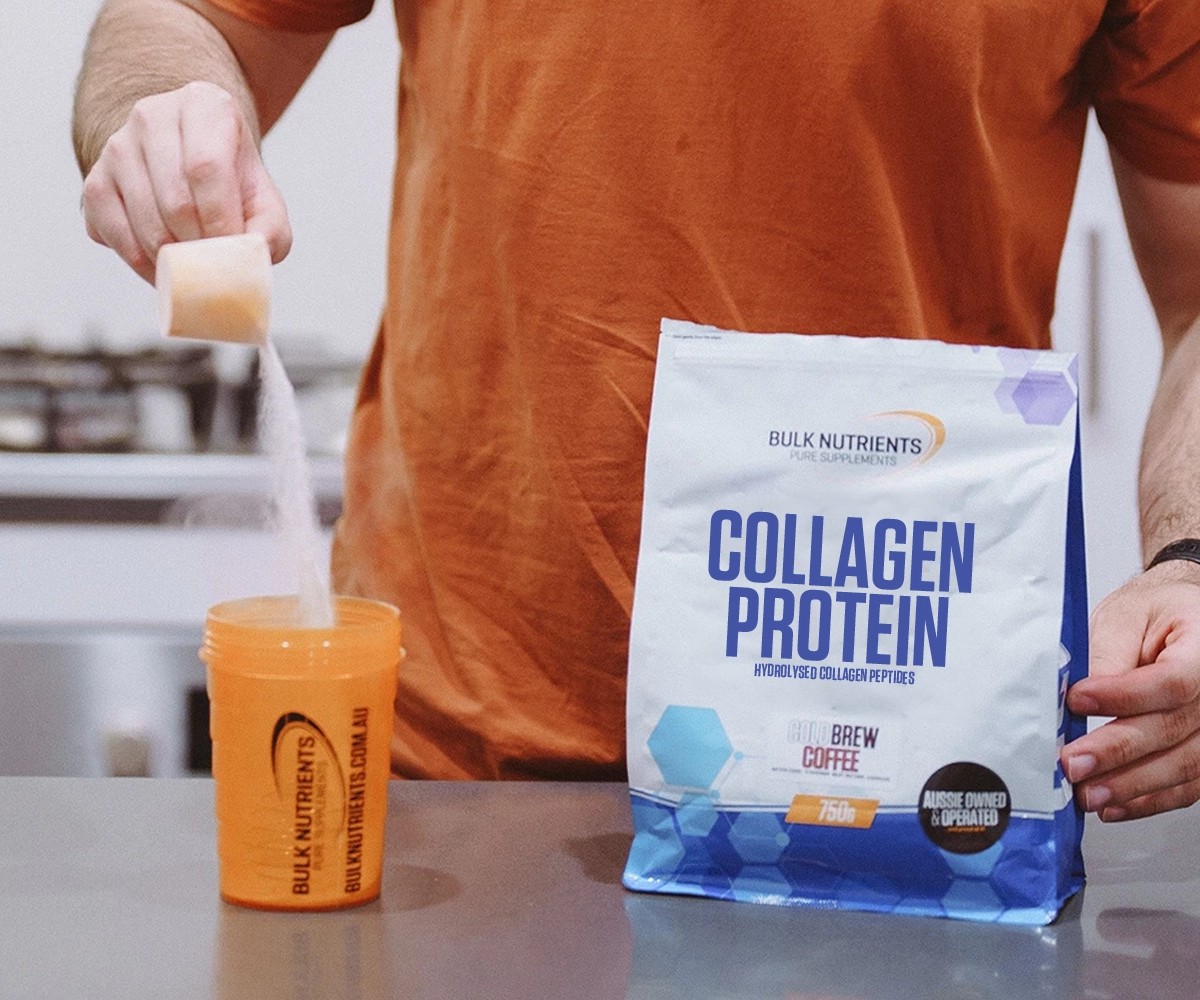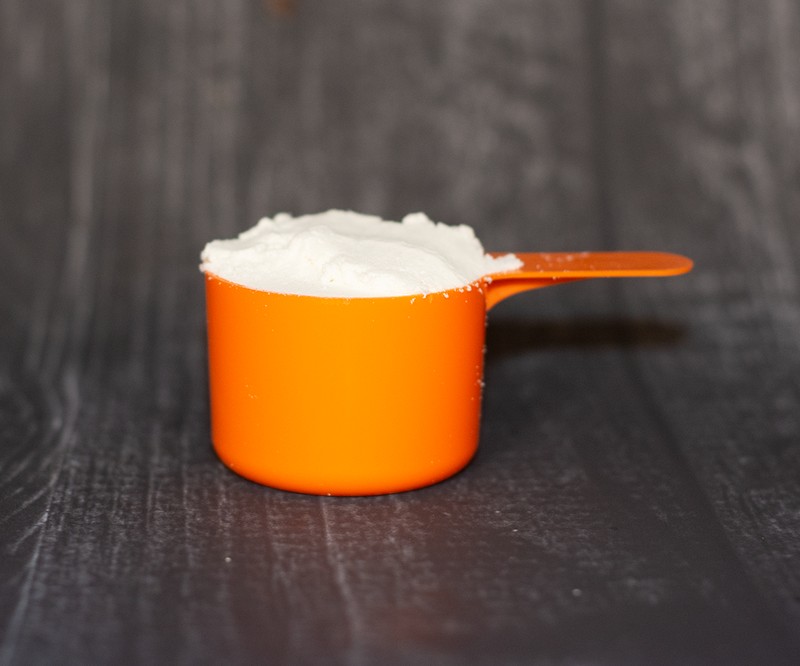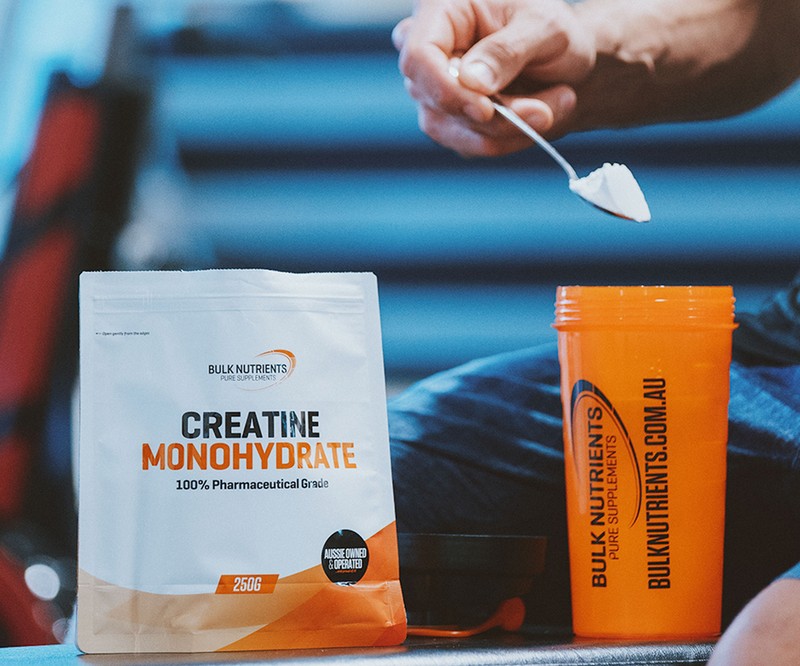How to Calculate Your Calorie Deficit for Fat Loss

Calculating a calorie deficit: How to lose weight
A calorie deficit involves eating fewer calories than your body burns. By achieving this daily, it allows you to progressively lose weight.
When it comes to implementing a calorie deficit, the first step we have to take is knowing what your TDEE is: “Total Daily Energy Expenditure.” This is the approximate amount of calories that you burn daily.
The next step is to calculate the exact amount of calories that need to be subtracted from your TDEE to induce a deficit. Scientific research recommends that individuals should enter a calorie deficit of ~500 calories a day to facilitate weight loss (which works out to be about 20%).
For example, Bulk Nutrients customer “Amy” currently has a TDEE of 2500 calories and plans on subtracting 500 calories and entering a deficit. Because of this, “Amy” would be consuming 2000 calories per day with a total deficit of 3500 calories (500 calories x 7 days) over a week.
How to calculate your TDEE
So now that we know what a TDEE is, let's go through the steps required to calculate it together!
STEP 1
The first step is to work out your Basal Metabolic Rate (BMR) also known as your maintenance calories which are calculated by multiplying your body weight by 20.
STEP 2
Although it is virtually impossible to get an accurate measurement of calories burned from exercise, rough estimations based on the duration and intensity of exercise will provide a general idea. EEE stands for “Exercise Energy Expenditure”, and refers to the number of calories you burn during exercise.
Some people use technology like apple watches to work out the number of calories burned per day. This is a very effective and concise way of doing it.
STEP 3
Following your EEE, calculate your bodies ‘Thermic Effect Of Feeding (TEF) which is the number of calories lost during the process of digestion. Specifically, working out your TEF comes down to multiplying your BMR by 0.1.
STEP 4
It may come as a surprise, but things like walking to the bus stop, waiting in line at the supermarket or even sitting at your desk will contribute to the burning of calories! We’re talking about NEAT: “Non-Exercise Activity Thermogenesis”, which are the calories burned from non-exercise activities. For example, a university student walking to classes on campus would roughly burn 500 calories from NEAT.
Once completed, all we need to do is add the calculated TEF, NEAT, EEE and BMR to work out our daily TDEE and subtract some calories to enter a calorie deficit. Let’s do that below with a hypothetical example.

Weight loss: Setting up your calorie deficit
Let's take a look at a real-world example of Bulk Nutrients customer “Andrew”, who has a bodyweight of 80kg and wants to induce a caloric deficit:
BMR = 80 kg x 20 = 1600.
“Andrew” does intense weight training daily for roughly 60 minutes which translates to an EEE of 216 calories. (So we can see that 1600 BMR + 216 EEE = 1816 calories so far.)
TEF = BMR x 0.1 = (1600 x 0.1) = 160 calories
(By this point, we’d have come to a figure of 1600 BMR + 216 EEE + 160 TEF = 1976 calories)
When it comes to working out “Andrew’s” level of NEAT, we must decide whether it fits in one of two categories:
- Inactive Category: refers to individuals with an inactive occupation and roughly burn 250 calories from NEAT
- Active Category: refers to individuals with an active occupation which roughly burn 500 calories from NEAT
Hypothetically, let's assume that “Andrew” is a construction worker, effectively making his NEAT 500 calories and an end TDEE-product of 1600 BMR + 216 EEE + 160 TEF + 500 NEAT = 2476 calories.
Calculating a precise calorie deficit for fat loss
Moving on from TDEE, what governs your deficit amount is your body weight and the realistic amount of calories you’re able to subtract from daily activity. Calorie deficits are categorised into three approaches:
- Small Deficit: 10-15% below maintenance
- Moderate Deficit: 20-25% below maintenance
- Large Deficit: 25% below maintenance
So we can see that increasing your deficit will directly influence the diet’s level of difficulty.
Ideally, because he weighs 80 kg, “Andrew” should enter a moderate deficit of 20% below maintenance.
20% of 2476 is 495.2 = 500 calories. We can see that the recommended deficit of 500 calories a day more or less works out to be correct!

Weight loss: How long does it take to lose fat?
Despite all these numbers and calculations, losing weight does not occur linearly and can fluctuate at times, which is why being consistent is crucial. And this raises the question: how quickly can we lose weight on a daily, weekly or even monthly basis?
The ~500 calorie deficit that “Andrew” is currently implementing is universally recommended because a fat loss diet with an implemented moderate deficit of 500 calories is expected to result in the loss of 0.5-1 kg per week and subsequently 2-4kg per month.
According to research, a weekly deficit of 3500 calories will allow you to lose 1 pound or half a kilogram which is achieved by having a daily deficit of 500 calories.
Effectively, if “Andrew” eats in a 500 calorie deficit for two consecutive weeks (15.4 days) then he will achieve a deficit of 7000 calories and subsequently lose 1 kg of fat.
Now, of course, fat loss stalls, and how it does and how we deal with that is beyond the scope of this article. But knowing that a daily deficit of about 500 calories causes roughly a kilogram of fat lost per fortnight is powerful information. It allows you to know roughly how long it will take to lose, for example, 5 kilograms (about 10 weeks!).
Weight loss comes down to a sustained calorie deficit, which is worked out by following the above steps. And you can get a rough idea of how long it will take you to lose “x” amount of fat by knowing that a 500 daily deficit for roughly 2 weeks leads to a kilogram of fat lost. By crunching these numbers and sticking to your deficit for a long period, you’ll see that progressively losing weight is not about special diets, but rather simply mathematics!
References:
- Carels, R.A., Young, K.M., Coit, C., Clayton, A.M., Spencer, A. and Hobbs, M. (2008). Can following the caloric restriction recommendations from the Dietary Guidelines for Americans help individuals lose weight? Eating Behaviors, 9(3), pp.328–335.
- Hall, K.D. (2007). What is the required energy deficit per unit weight loss? International Journal of Obesity, [online] 32(3), pp.573–576. Available at: <https://www.ncbi.nlm.nih.gov/pmc/articles/PMC2376744/.>
- McDonald, L. 2008. Body Recomposition: Setting the Deficit – Small, Moderate or Large.
- Koliaki, C., Spinos, T., Spinou, Μ., Brinia, Μ.-E., Mitsopoulou, D. and Katsilambros, N. (2018). Defining the Optimal Dietary Approach for Safe, Effective and Sustainable Weight Loss in Overweight and Obese Adults. Healthcare, 6(3), p.73.
Related Blogs

How Long Does It Take To Lose Weight?
Posted by Bulk Nutrients
Estimated reading time: 6 minutes

Can We Still Grow Muscle When Dieting?
Posted by Bulk Nutrients
Estimated reading time: 9 minutes

How to Calculate Calories for an Aggressive Mini Cut
Posted by Ben Disseldorp
Estimated reading time: 8 minutes













































